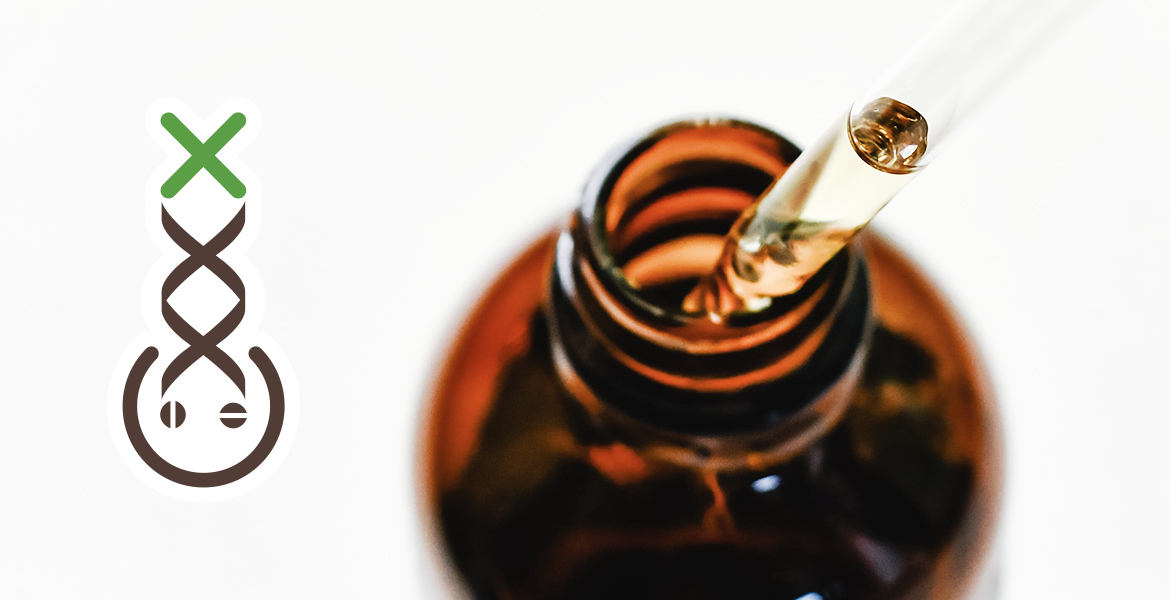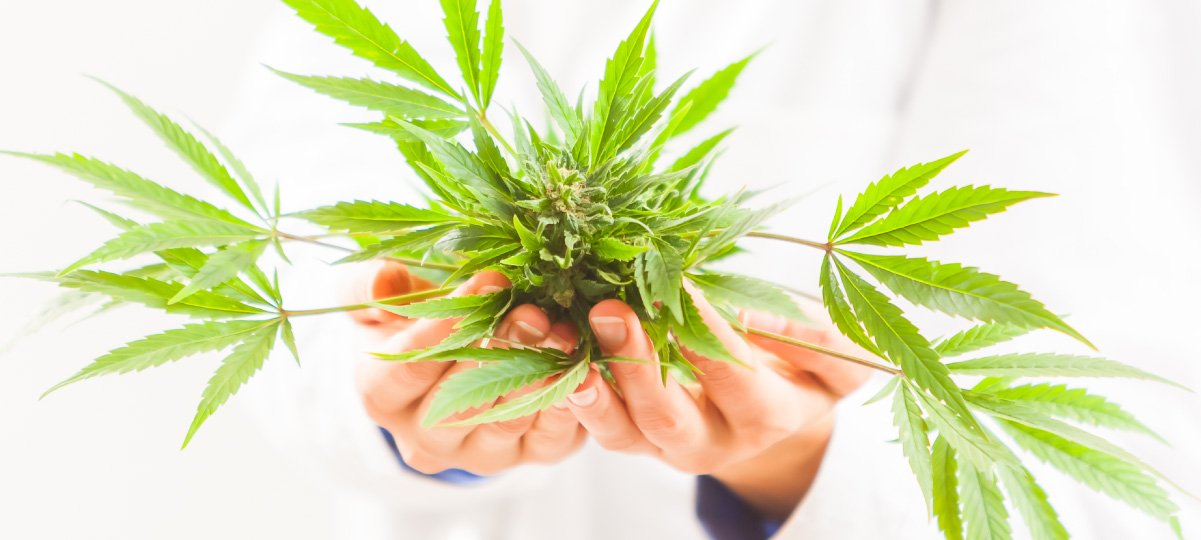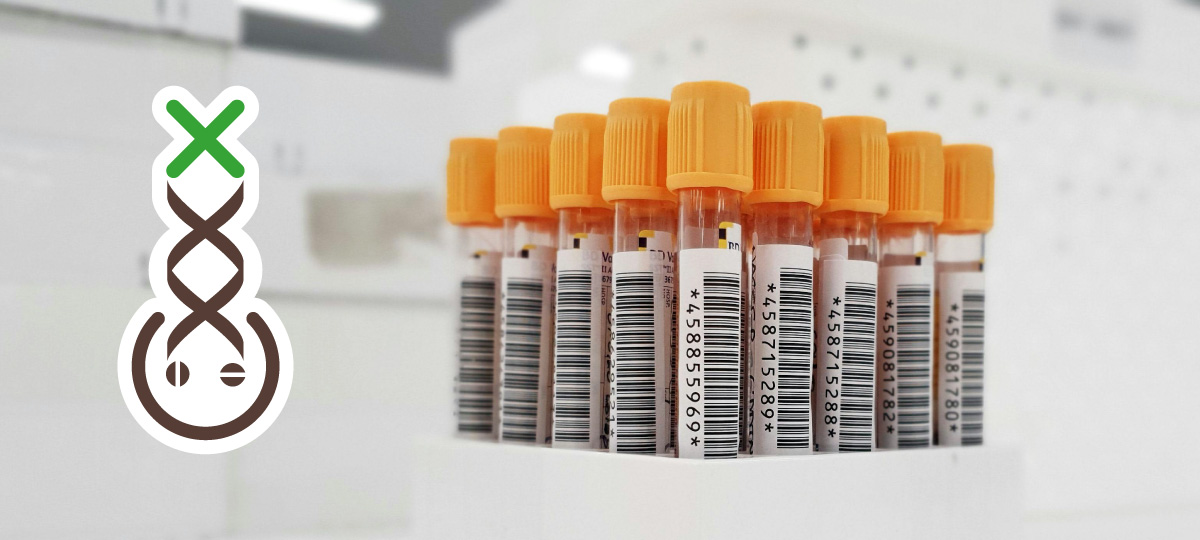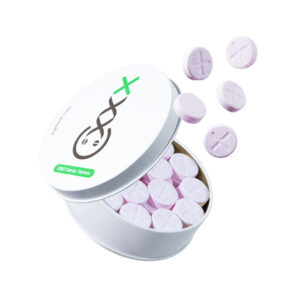
From Plant to Product, How is CBD Processed in Edibles?
30 November 2023CBD edibles are incredibly popular, but the quality of these products greatly depends on the CBD processing method. There are various ways to extract CBD, and careful processing is crucial post-extraction. This blog aims to answer how edibles are made and what is involved in creating a high-quality final product.
Why Use CBD Edibles?
Most people immediately think of CBD oil when considering CBD, but there are many more ways to take this supplement, one of the most enjoyable being CBD edibles. These are foods or beverages to which CBD has been added, allowing you to take your daily dose of this cannabinoid by eating, for example, a piece of CBD Chocolate or a tasty gummy.
CBD is often used for various health issues. It’s known for its anti-inflammatory and pain-relieving properties and can be used for headaches, arthritis, or menstrual pain. Another property of CBD is its calming effect, which is why many people use it for anxiety, stress, and sleep problems.
If you’re considering using CBD, edibles are a great option. Have a CBD gummy before bedtime or enjoy a healthy bowl of Oatmeal with CBD in the morning for pain or other ailments. However, with so many types of edibles on the market, it’s good to understand how CBD in edibles is processed, which we will explore below.
Cultivating and Harvesting Hemp
When discussing the hemp plant, many people associate it with cannabis. However, there’s a difference between industrial hemp, which produces minimal THC, and the cannabis plant, which does. Industrial hemp is used for producing CBD, and legally, CBD products must contain no more than 0.3% THC, ensuring they won’t cause hallucinations.
For a healthy CBD edible, it’s important to choose a product made from organically grown hemp, without pesticides or fertilizers. This ensures your CBD product is pure and uncontaminated.
At SupMedi, we grow organic hemp that minimally impacts nature, ensuring your CBD product is free from harmful residue. Thus, the cultivation and harvesting of hemp are crucial in the processing of CBD in edibles.

Processing CBD in Edibles: The Extraction Process
The extraction method is also vital for the quality of a CBD product. Extraction refers to the process of removing CBD (and other active substances) from the hemp plant. Several techniques can be used for this purpose.
CO2 Extraction
In this method, CO2 is subjected to high pressure and low temperatures. The supercritical CO2 passes through the hemp, releasing cannabinoids and other substances. The resulting CBD is safe and pure.
SupMedi uses this method to create CBD products, ensuring the entire extraction and purification process is under strict laboratory control. Post-extraction, you get a pure oil containing all cannabinoids, terpenes, and flavonoids naturally present in the hemp plant.
Oil Extraction
This method involves heating dried hemp plants to activate cannabinoid acids, then soaking the plants in oil (like olive or hemp seed oil), which is also heated to absorb the cannabinoids. This method is cost-effective but yields a less concentrated product.
Ethanol Extraction
This method uses grain alcohol. The plants are soaked in it, then the liquid is filtered and purified. The alcohol must be evaporated post-extraction to ensure no traces remain in the product.
Hydrocarbon Extraction
Here, hydrocarbon solvents like butane and propane are used to extract active substances from the hemp plant. This can yield a high-quality product, but using these flammable substances is dangerous, and care must be taken to ensure no solvent traces remain in the final product.
Testing and Purifying CBD
Post-extraction, the product isn’t ready yet. It needs to be filtered to remove impurities, then tested. This is necessary to ensure the product is free from harmful substances, to confirm it’s a full-spectrum product, and to determine the CBD concentration. Many companies produce CBD without rigorous checks, so you can never be sure of the quality.
At SupMedi, all our products are tested by an independent laboratory that regularly checks both the composition and the quality and purity of our CBD products.

Processing CBD in Edibles
The final step is incorporating CBD into edibles. CBD can be added to almost any food or drink. However, cannabinoids lose some efficacy when exposed to high temperatures, so it’s better not to add them to oven dishes or heated sauces.
There’s a wide range of tasty CBD edibles to choose from, like CBD Chocolate, CBD Coffee, Oatmeal, and Candy. These can be used daily to get your CBD dose. If you have CBD oil at home, try making a healthy salad with a CBD dressing, add a few CBD drops to a smoothie, or create a healthy CBD dip for your chips. There are many possibilities, making taking CBD more enjoyable and delicious!

CBD Candy Tablets200 mg CBD
€11.50







